How to practice mindful gardening – and cultivate a sense of calm
Learn how to be more present in the garden with these simple mindfulness techniques
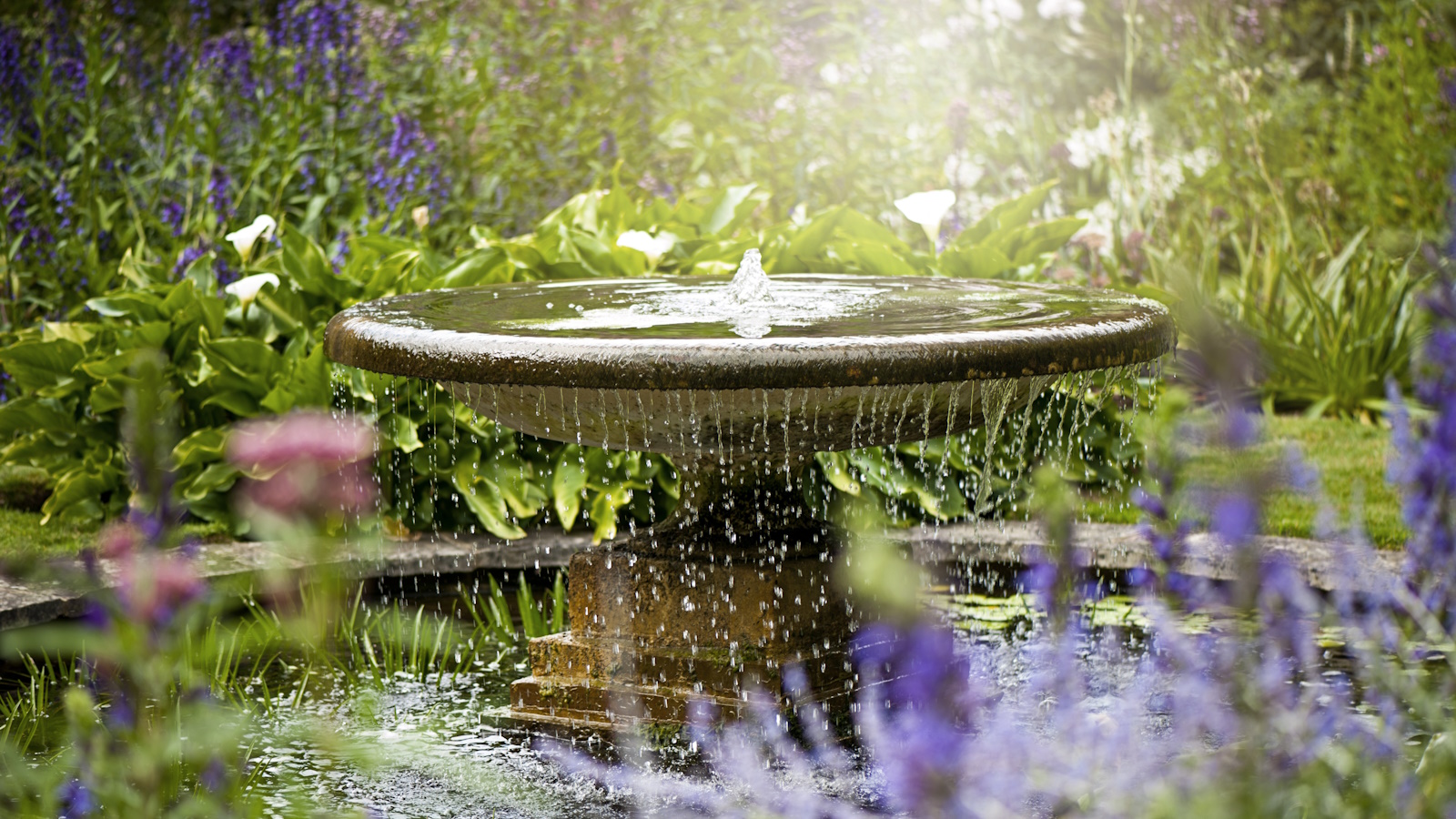

As many will know, gardening is an incredibly healthy hobby. It’s good for our bodies and our minds, so it’s little wonder that so much is said for green therapy as a way of improving our health.
Seed planting, digging and sowing can be highly meditative practices, allowing our minds the time to slow down and quieten as we tend to a particular task in the backyard.
In essence, mindful gardening is the practice of being fully present and engaged with the gardening process, when we gently tune into the sensory experiences and the rhythm of nature as we garden.
‘It's about observing without judgement, nurturing with intention, and finding a deep, personal connection with the earth and its cycles,’ says Barbi Gardiner, founder of The Outdoor Apothecary.
‘The benefits of mindful gardening on mental health are profound,’ she continues. ‘It's a natural stress reliever, helping to reduce anxiety and improve mood. The act of nurturing plants can be incredibly satisfying and empowering, offering a sense of accomplishment and purpose. Moreover, it's also a form of gentle, meditative exercise.’
Discover more about how you can practice mindfulness whilst you garden, and learn how being more present can better connect us to nature.
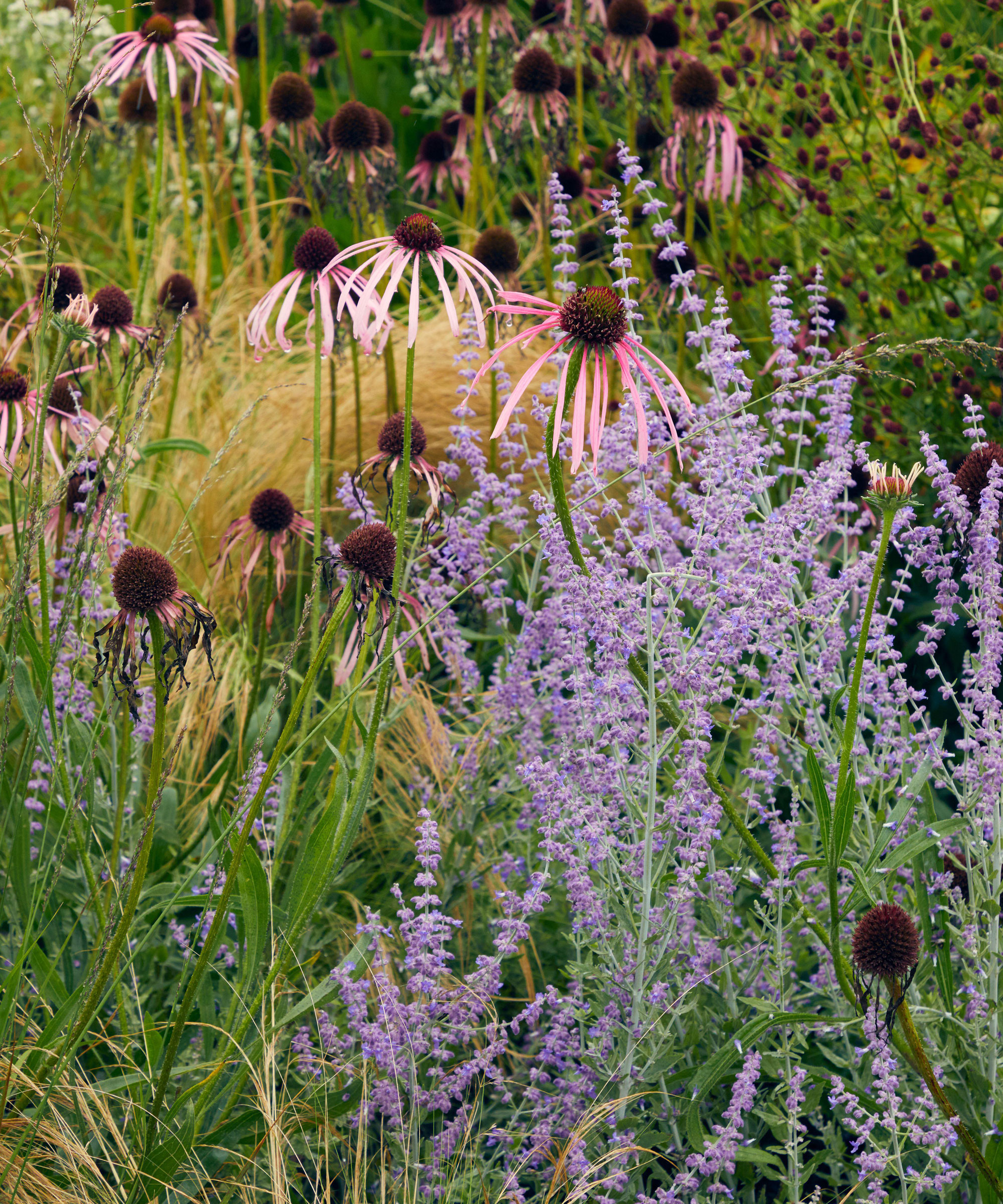

Barbi Gardiner is the owner of The Outdoor Apothecary, which was born out of her belief that nature is medicine, and that by getting back to simple, self-reliant living we can reconnect with nature on a deeper level.
How to garden mindfully
Consider these six expert suggestions to begin incorporating mindfulness into your gardening tasks.
Start with small steps and simply notice
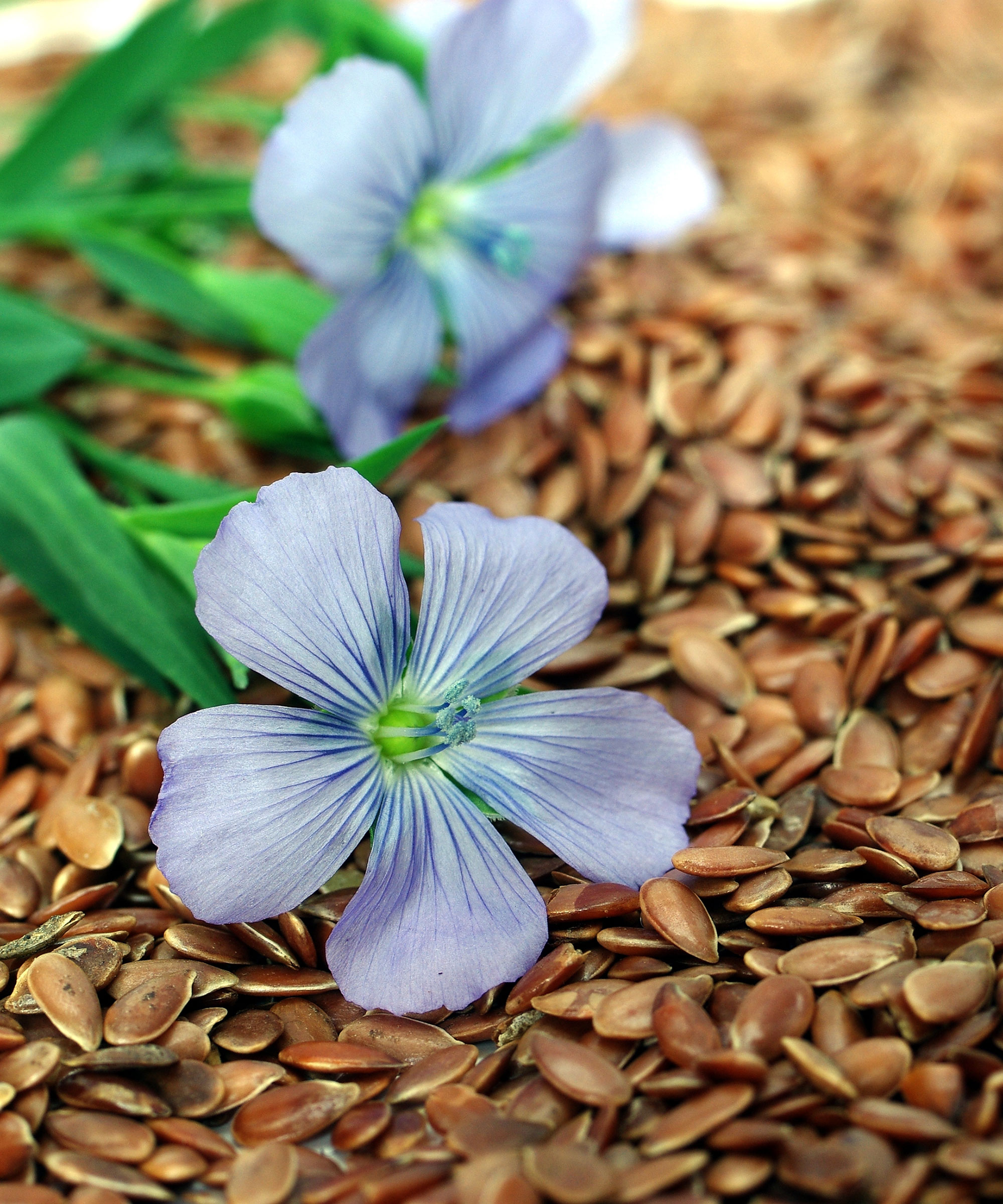
To start practicing mindfulness in the garden, you can begin with small, intentional steps.
'It's as simple as taking a moment to feel the soil between your fingers, inhaling the scent of freshly cut grass, or observing the intricate patterns of leaves and flowers,' says Barbi. 'These acts, though small, help ground us in the present moment, fostering a deeper appreciation for the natural world.'
Deciding to practice being mindful in the backyard allows you the time and space to check in with your senses. Take a moment to very simply observe, smell, and feel what's going on in the garden. Even the tiniest of observations will help to settle and calm your mind.
Then, once you start a particular job, make an effort to focus on the task at hand. If you're weeding a patch, ask yourself 'how do these weeds look?'; 'can I see any patterns on the leaves?'; or 'how does the soil feel?'.
Our minds will naturally wander, of course, but that's fine. Allow that to happen and then gently return to focusing on what is in front of you.
Incorporate rituals into your gardening routine
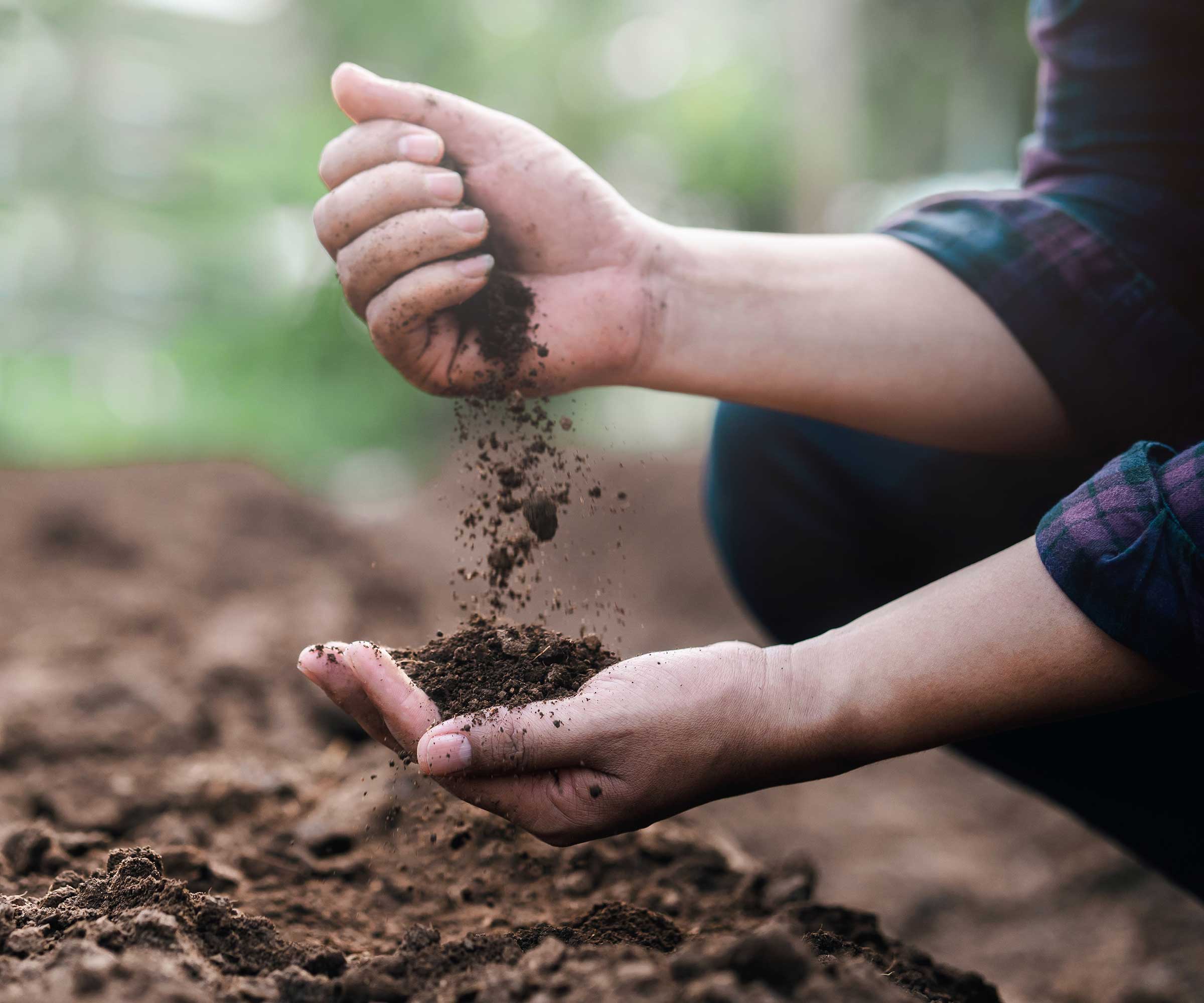
Incorporating small rituals can significantly enhance the experience of mindful gardening.
A ritual could be as simple as sitting in your yard with a cup of coffee and just noticing what the weather is doing for five minutes before you start gardening. Or, take a walk around your yard and look at your plants. This is something I try to do every morning in the spring (even when I am not planning to do any gardening), simply to see what has grown or changed as the seasons shift - it works to give my mind a mini morning reset.
'I like to start my gardening sessions with a few minutes of quiet, standing or sitting in the garden, taking in the sights, sounds, and smells. It sets a calm, reflective tone for the gardening work ahead,' says Barbi. 'Another ritual could be expressing gratitude to the plants and the earth before and after gardening, acknowledging the nourishment and beauty they provide.'
Schedule a regular time slot
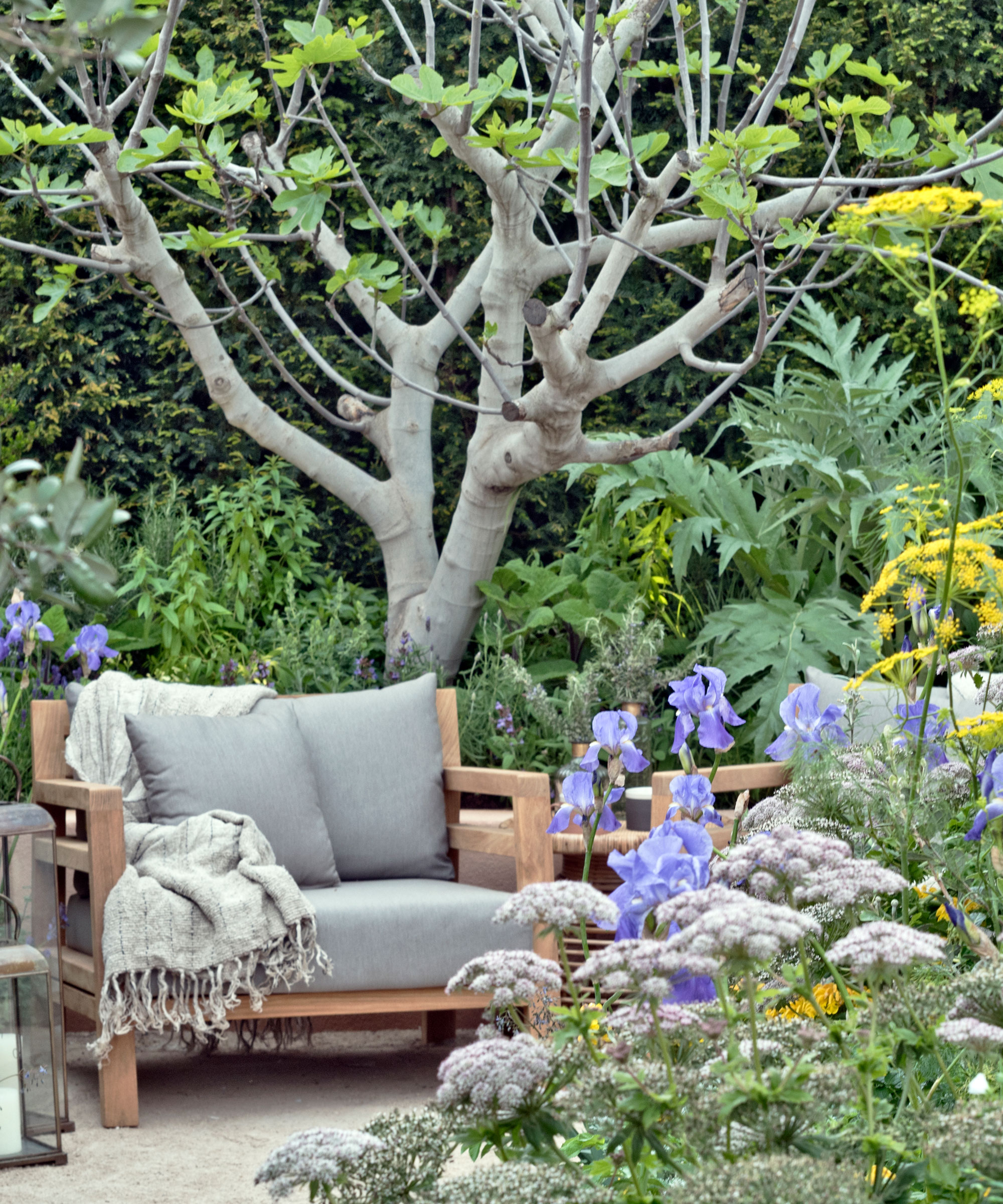
Perhaps, like me, you would prefer to practice a few moments of mindful gardening in the morning. I find it grounds me, and sets me on the right path for the day ahead. Of course, this won't work for everyone - and even I find it a lot harder to do in the colder months.
Maybe setting half an hour at lunch is a better option, or you might want to carve out a few hours on a Sunday morning as your weekly time to reset whilst tending to the gardening tasks at hand.
'For me, participation in mindful gardening can be passive or active. But the best is when both are exercised in appreciating the environment of the garden and also practicing the act of gardening and getting soil (okay, dirt) on your hands,' says Charlie Hall, professor in the Department of Horticultural Sciences at the Texas A&M University.
By aiming to practice for even just 10 minutes at the same time each day or week, in time you may find practicing mindfulness in the garden becomes second nature, and simply a part of how you experience your outdoor space.
Try to leave the screens indoors
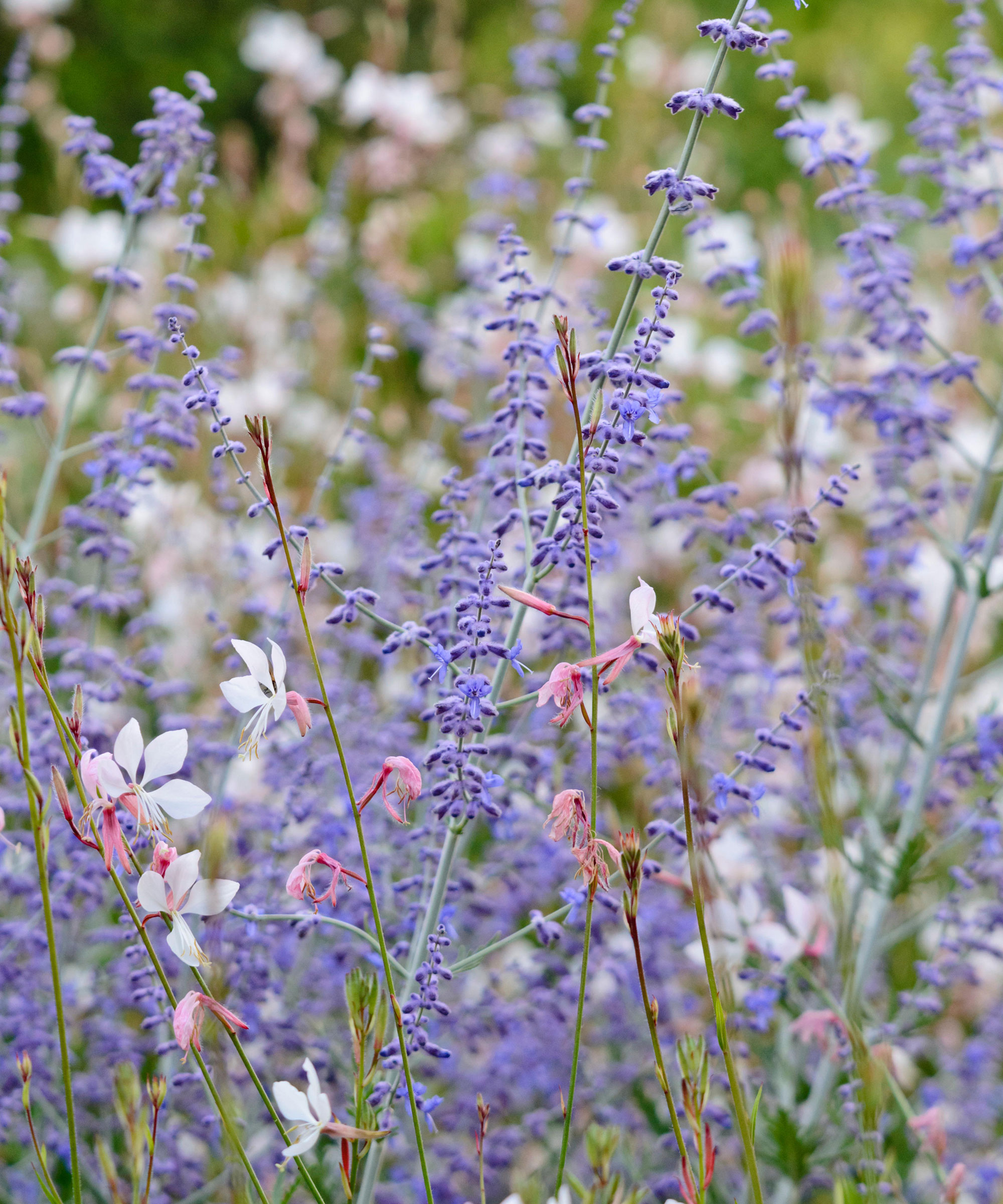
It's not always a natural act these days, but it's a good idea to intentionally leave your cell phone indoors before you head out into the yard if you want to practice a little mindfulness.
Or put it away in a cupboard (or anywhere you can't see it) if you are tending to an indoor garden or your houseplants. Granted, there are lots of wonderful plant identifier apps and valuable gardening content online, but having some time away from being constantly connected means you won’t be interrupted or tempted to start scrolling when it’s time for a little break from weeding.
A small amount of digital detox every day - when coupled with gardening - can be an effective way to reset the mind and feel more grounded.
Learn to work with and alongside nature
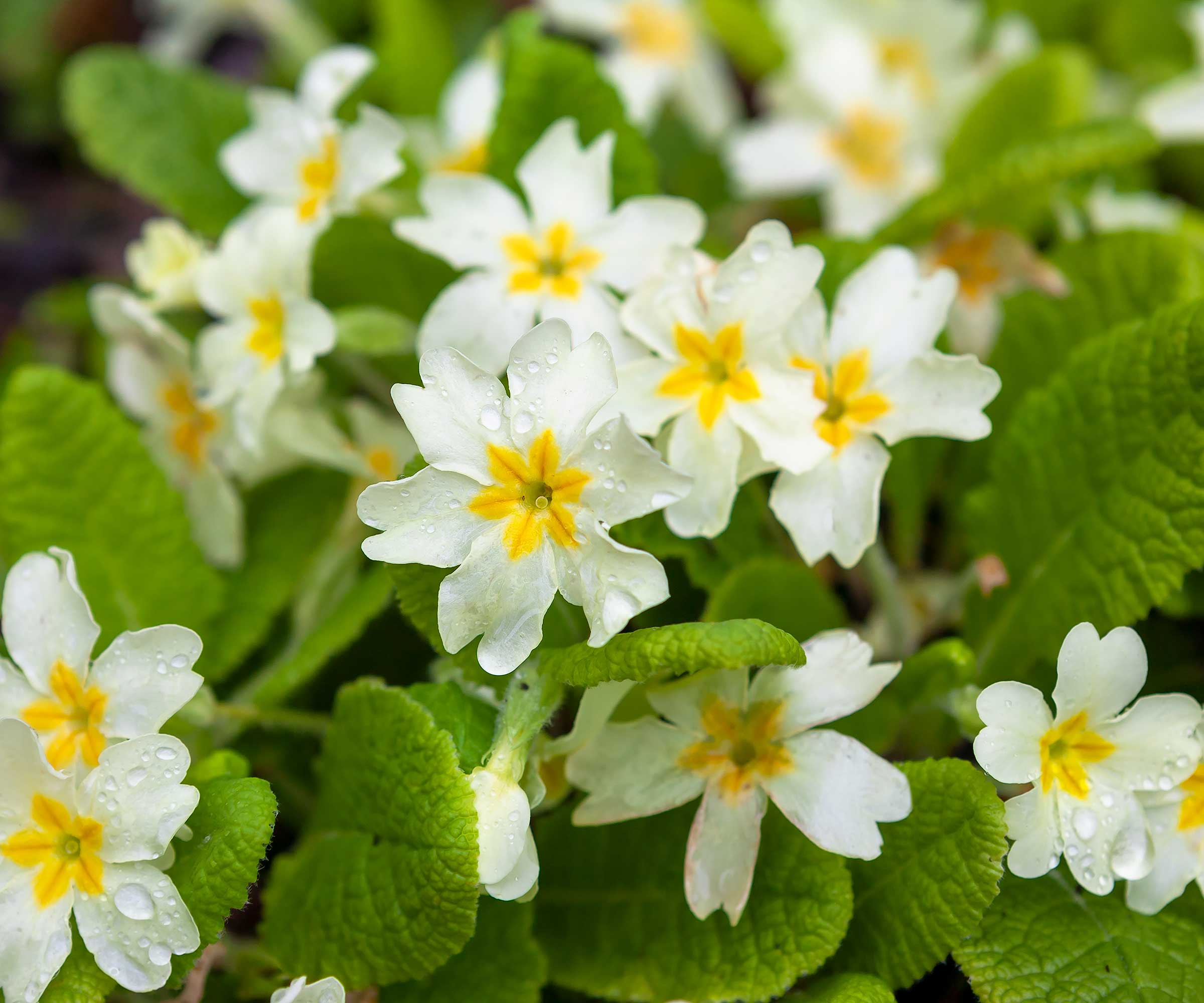
'Feeling connected to nature is crucial, especially in our fast-paced, technology-driven world,' says Barbi. 'It reminds us of the cycles of life, the importance of patience and persistence, and the interconnectedness of all living things. This connection can be deeply spiritual, offering a sense of belonging and peace.'
Paying attention to nature and what your garden naturally wants to do is a form of mindfulness in itself. I'm not suggesting you sit back and watch everything grow wild or stop mowing the lawn, rather, notice which plants are thriving in a particular location and try to understand why that might be.
Also note when the first buds of the year appear on your trees, or recognize when a rose bloom has transformed overnight into a bright orange rosehip. Observing how your plants react to the seasons and changing climate conditions will make you feel more connected to them.
Practice gratitude in the garden
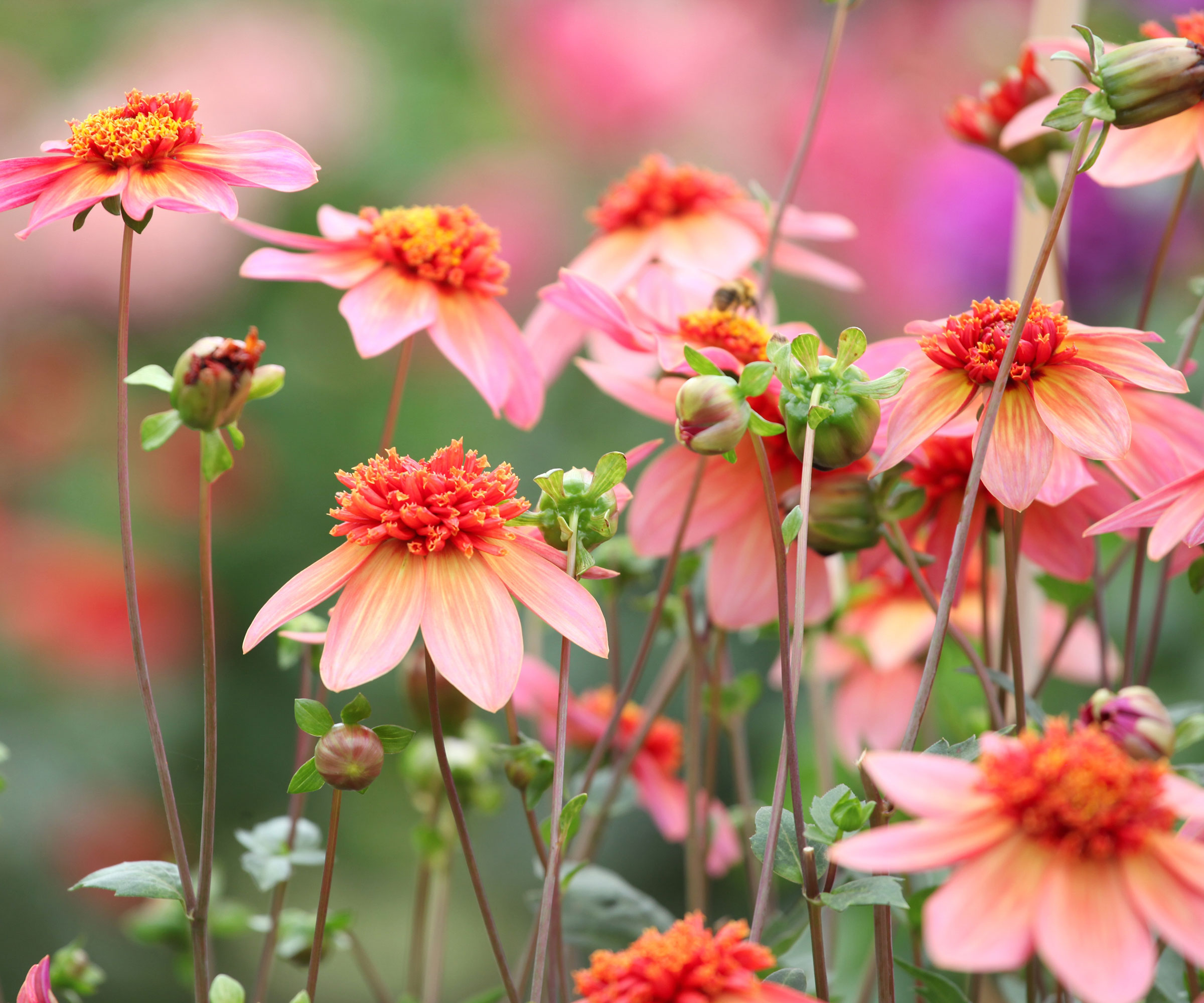
Practicing gratitude is a way of realizing all that we have around us, and all that others do for us, and giving thanks for that.
By paying more attention to the goodness in our lives, studies on the science of gratitude have shown that we can accentuate feelings of happiness, optimism, and positive emotion. So, how best to cultivate gratitude in the garden?
One example might be to watch the bees gathering nectar on your plants for a few minutes, and feel thankful for everything bees do for our gardens and our ecosystems.
'Start at the clouds, the tree-tops, and keep working your gaze downward to the ground. Recognize the fullness of your surroundings and how all things in the environment fit together. Then grab a seat somewhere and take your shoes off and spend some time building up an attitude of gratitude,' says Charlie Hall.
You might also find it useful to write in a journal when out in the backyard, such as this gratitude journal available from Amazon.

Charlie Hall is a professor in the Department of Horticultural Sciences at the Texas A&M University, and also holder of the Ellison Chair in International Floriculture.
As Charlie Hall says, the effects of practicing mindful gardening can 'reduce anxiety and stress, enhance memory retention, bolster creativity, and improve self-esteem' among many other things. It is a wonderful way to cultivate calm, and feel more connected to your outside space.
Sign up to the Homes & Gardens newsletter
Design expertise in your inbox – from inspiring decorating ideas and beautiful celebrity homes to practical gardening advice and shopping round-ups.

Rachel is a gardening writer, flower grower and floral designer. Her writing career began on Country Living magazine, sparking a love of container gardening and wild planting. After more than a decade writing for and editing a range of consumer, business and special interest titles, Rachel became editor of floral art magazine The Flower Arranger. She then worked as a floral designer and stylist for six years, before joining Homes & Gardens. An expert in cut flowers, she is particularly interested in sustainable gardening methods and growing flowers and herbs for wellbeing. In summer 2024, she was invited to Singapore to learn about the nation state's ambitious plan to create a city in nature, discovering a world of tropical planting and visionary urban horticulture.
-
 7 native perennials to plant in April – for glorious flowering displays to attract bees, butterflies, and hummingbirds
7 native perennials to plant in April – for glorious flowering displays to attract bees, butterflies, and hummingbirdsDiscover some of the best perennials to plant in April to make your garden a hotspot for wildlife
By Drew Swainston Published
-
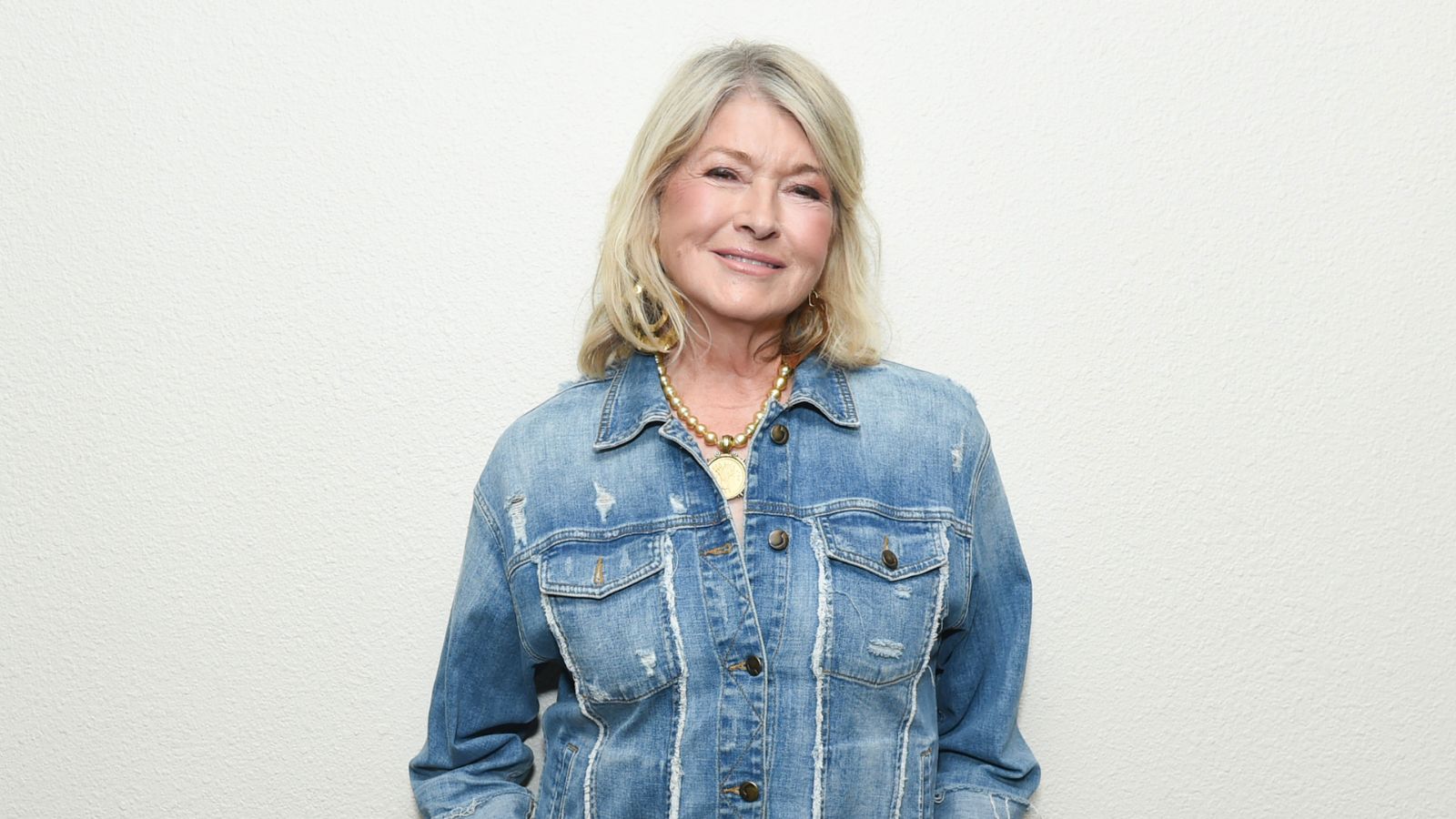 Martha Stewart's smart laundry room shelving makes exceptional use of every inch of wall space – it will turn your smallest area into an ultra-functional space
Martha Stewart's smart laundry room shelving makes exceptional use of every inch of wall space – it will turn your smallest area into an ultra-functional space'You can greatly expand the usability of your space by just installing some of these great shelving units': You can follow her technique for under $34
By Megan Slack Published